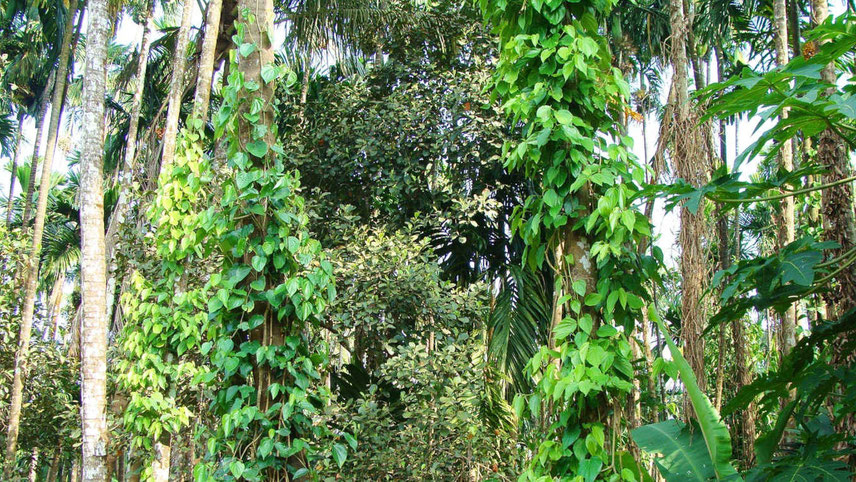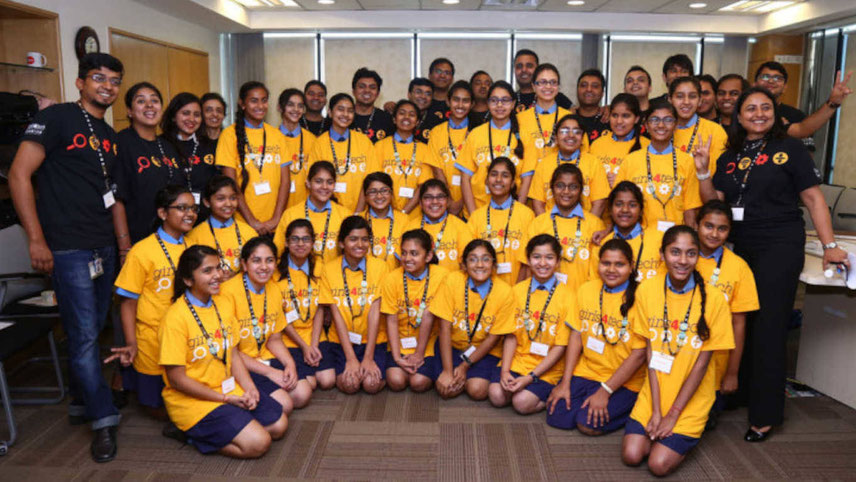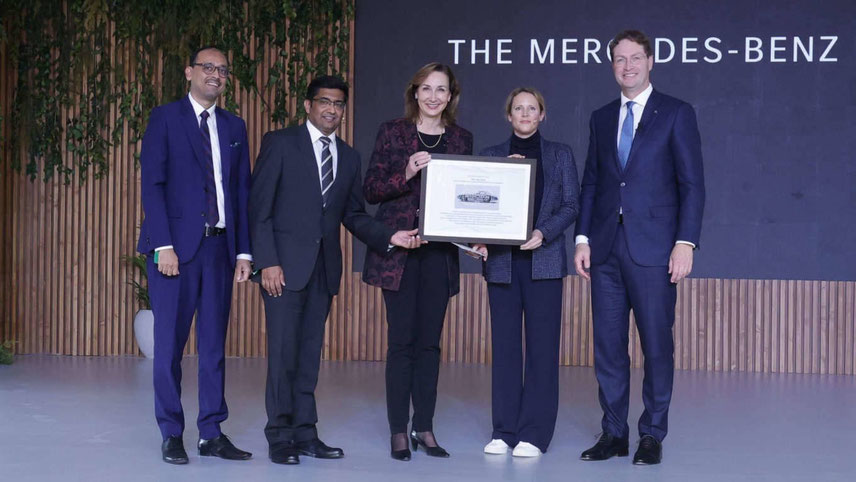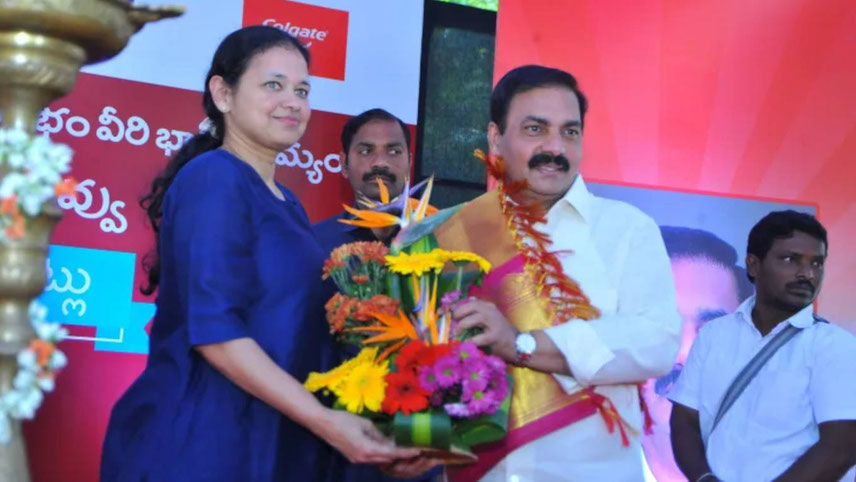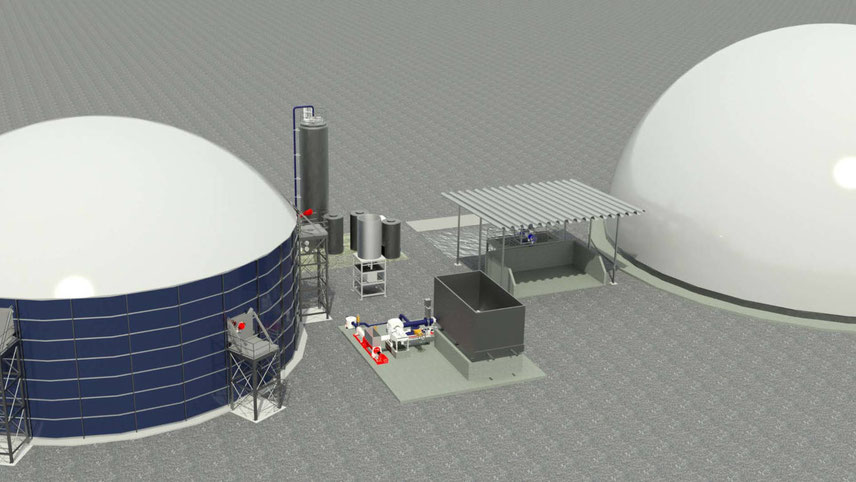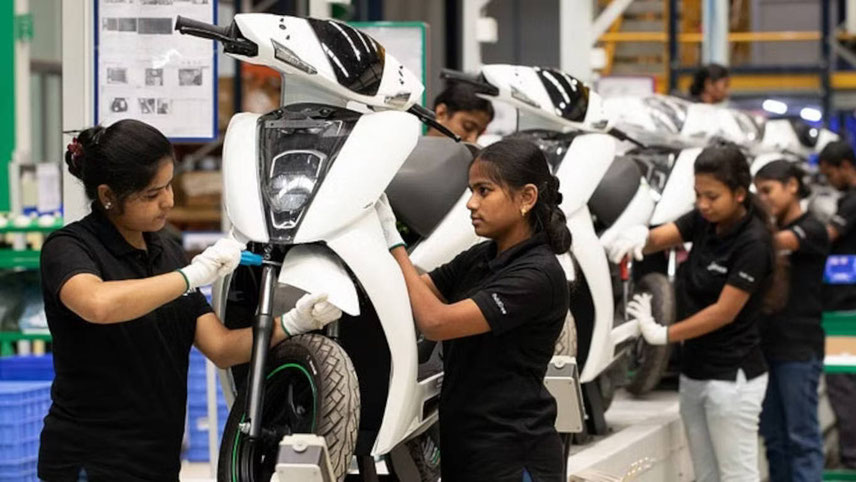A senior research scientist at the Bay Area Environmental Research Institute and NASA’s Ames Research Center since June 2014, Sreeja Nag is the Principal Investigator of the D-SHIELD project, supported by NASA's Advanced Information System Technology Program. “I like intellectual challenges!” says the Pune girl who moved to the US to do her Ph.D in space systems engineering at the Massachusetts Institute Of Technology’s aeronautics and astronautics department. She had completed her undergraduate degrees in exploration geophysics from the Indian Institute Of Technology, Kharagpur, where she worked on her thesis in collaboration with University of California, Berkeley. This is why she likes working on the hardest problems of science and engineering that are relevant to the earth and society as, with some of the smartest people she has met, she explains: “All this helps me stay humble and grounded, while learning a lot daily.”
Nag also likes to have some combination of autonomy in choosing a direction, role and tasks – which, she points out, a research career allows because long-term innovation needs vision and space to think beyond the next deadline. Another factor is meaningfulness and service to the world, in terms of helping people and nature separately “because they’re mostly mutually conflicting, even for the most well-meaning organisations or individuals”. For nature, her work allows her to work on applications that will eventually benefit the environment by monitoring it better; and for people, she hopes to inspire children or college students to pursue math and science and critical thinking in whatever profession they choose.
If that looks like a lot for a 30-something-year-old to have taken on, Nag also has a parallel career: she leads and manages the autonomy systems engineering team at Nuro, a robotics company that delivers local goods using custom, self-driving vehicles that operate on public roads. Her team is responsible for architecting requirements for Nuro’s autonomy stack, and designing verification and validation experiments to make this ready for public roads.
-

Nag finds time from her ‘parallel’ high-tech careers to read and write


























